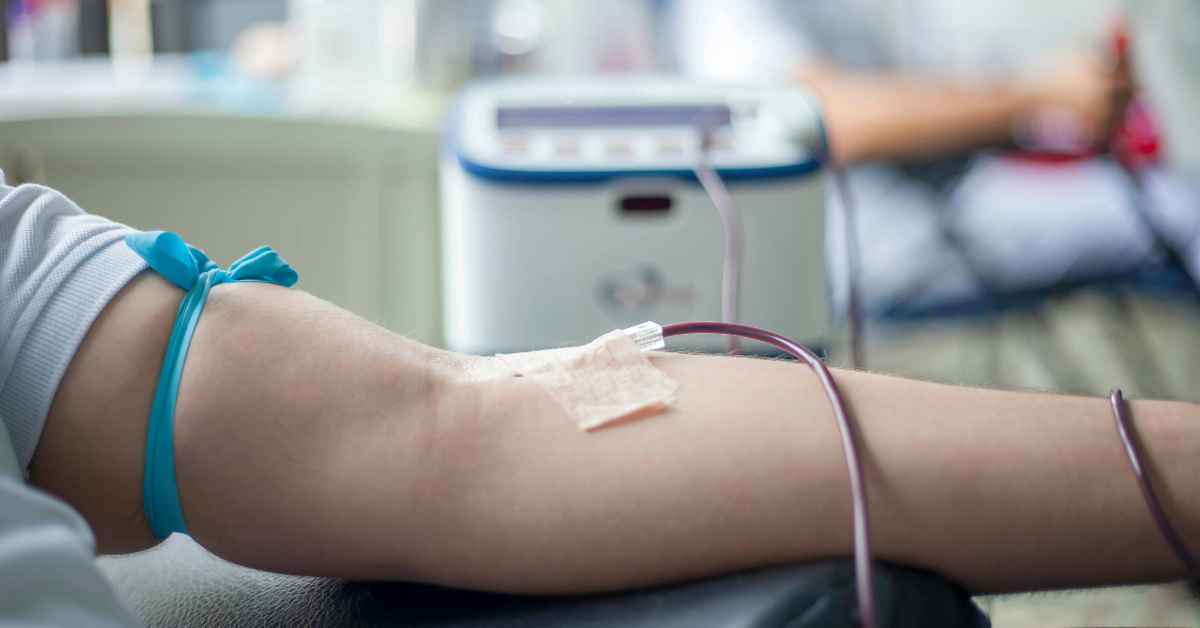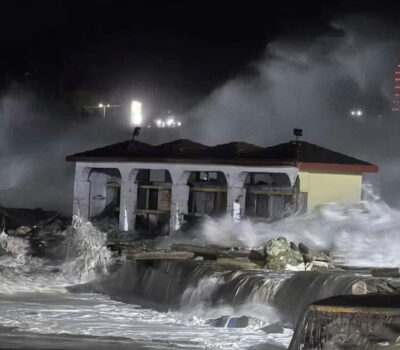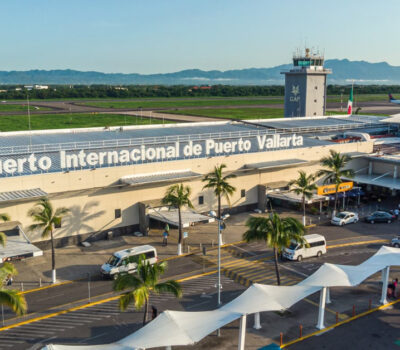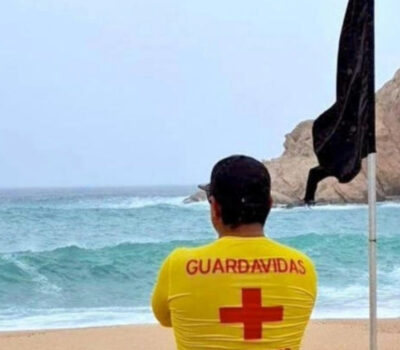While vacationing in Mexico, tourists can give more than tips—consider donating blood before flying home. Expats living in Mexico should consider regular donations.
Mexico’s vibrant beaches, warm hospitality, and rich culture draw millions of tourists each year. But beyond the mariachi melodies and mezcal tastings, there’s an invisible crisis that desperately needs attention—and visitors might be in a unique position to help.
The country faces a critical blood shortage, with just 8 percent of donations coming from voluntary, altruistic donors. That’s far below the standard set by the World Health Organization (WHO), which recommends robust, consistent donation systems driven by non-remunerated volunteers. In 2024, Mexico recorded just 1.5 million blood donations—less than a third of what’s considered adequate.
Carlos Freaner, President of the Mexican Red Cross, is frank about the problem: “In Mexican society, the altruistic principle of constant or at least periodic donation doesn’t exist. Blood is usually donated only in emergencies or when hospitals require it for surgeries. Families are asked to find one, two, even three donors just to get a few liters of blood in the system.”
That reliance on “replacement donations”—a system where patients must secure donors before receiving care—leaves hospitals scrambling during emergencies and limits access to timely medical treatment. In contrast, countries like Spain, Canada, and the United States maintain stable blood banks through regular, voluntary donations.
Back in 2017, blood donations in Mexico topped 2.3 million. But the pandemic decimated those numbers, and the recovery has been slow. By 2023, only 12 out of every 1,000 residents donated blood—and just one of them did so voluntarily, according to the National Blood Transfusion Center.
A different kind of travel souvenir
While this problem may seem deeply local, foreign travelers can actually be part of the solution. Many vacationers leave Mexico with memories, souvenirs, and sunburns—but what if they also left behind something life-saving?
“Tourists can absolutely donate blood here,” says a spokesperson for the Red Cross in Mexico City. “If they meet the health and eligibility criteria, their donation is just as valid and valuable. It can mean the difference between life and death for someone waiting for surgery or recovering from trauma.”
The Mexican Red Cross operates eight blood banks around the country, including in major cities and popular tourist areas like Cancún, Mexico City, and Guadalajara. Donated blood saves more than 24,000 lives each year—but that number could be much higher if Mexico had a stronger culture of voluntary donation.
And this isn’t just about logistics. The WHO stresses that altruistic donors are the safest, with the lowest prevalence of bloodborne infections. “An adequate and reliable supply of safe blood is impossible without a stable and regular base of voluntary, unremunerated donors,” the organization says.
Why aren’t more Mexicans donating?
The reasons behind Mexico’s low donation rate are complex. There’s a general lack of public awareness about the need, cultural taboos about giving blood, and no strong national campaign to promote regular donation. Even during the height of the COVID-19 pandemic, when healthcare needs surged, donation numbers dropped by as much as 70 percent.
Freaner is candid: “We’ve run the same campaigns in Mexico that were successful in the United States or Spain, but here the results are mediocre or even poor. The culture of blood donation in Mexico has been practically eradicated.”
The Red Cross warns that without replacement donors—typically family members or close friends of patients—many hospitals would run completely dry.
Who receives the blood?
In wealthier countries, blood transfusions often go to people over 60 years old, helping with surgeries, anemia, or cancer treatment. But in lower-income countries like Mexico, about 54 percent of transfusions are for children under five.
That means your single donation could help a toddler survive a life-threatening illness or assist a young mother giving birth.
What travelers need to know before donating
If you’re in good health and staying in Mexico for at least a few days before flying home, you may be eligible to donate. Requirements are similar to those in the U.S. or Canada: you must be free of infections, not taking certain medications, and weigh above a certain minimum.
English-speaking staff are available at major Red Cross donation centers, and the process usually takes less than an hour. It’s recommended to eat beforehand, stay hydrated, and rest afterward.
Most centers will give you a small snack and plenty of gratitude.
Give back before you head back
Tourism is an important part of Mexico’s economy, but tourists can offer more than money. Leaving behind a blood donation is an easy, meaningful way to say thank you to the country that welcomed you.
“In a place where blood is always scarce, even one extra unit can save a life,” says Freaner. “And if visitors donate, it sends a powerful message—that altruism isn’t limited by borders.”
So, next time you find yourself sipping coffee in Mexico City or packing your bags in Puerto Vallarta, take a moment to consider this quiet but powerful gesture. Before you head back home, you could help someone else stay alive.
For more information or to locate a donation center, visit the official website of the Mexican Red Cross: https://www.cruzrojamexicana.org.mx
While vacationing in Mexico, tourists can give more than tips—consider donating blood before flying home. Expats living in Mexico should . . .












